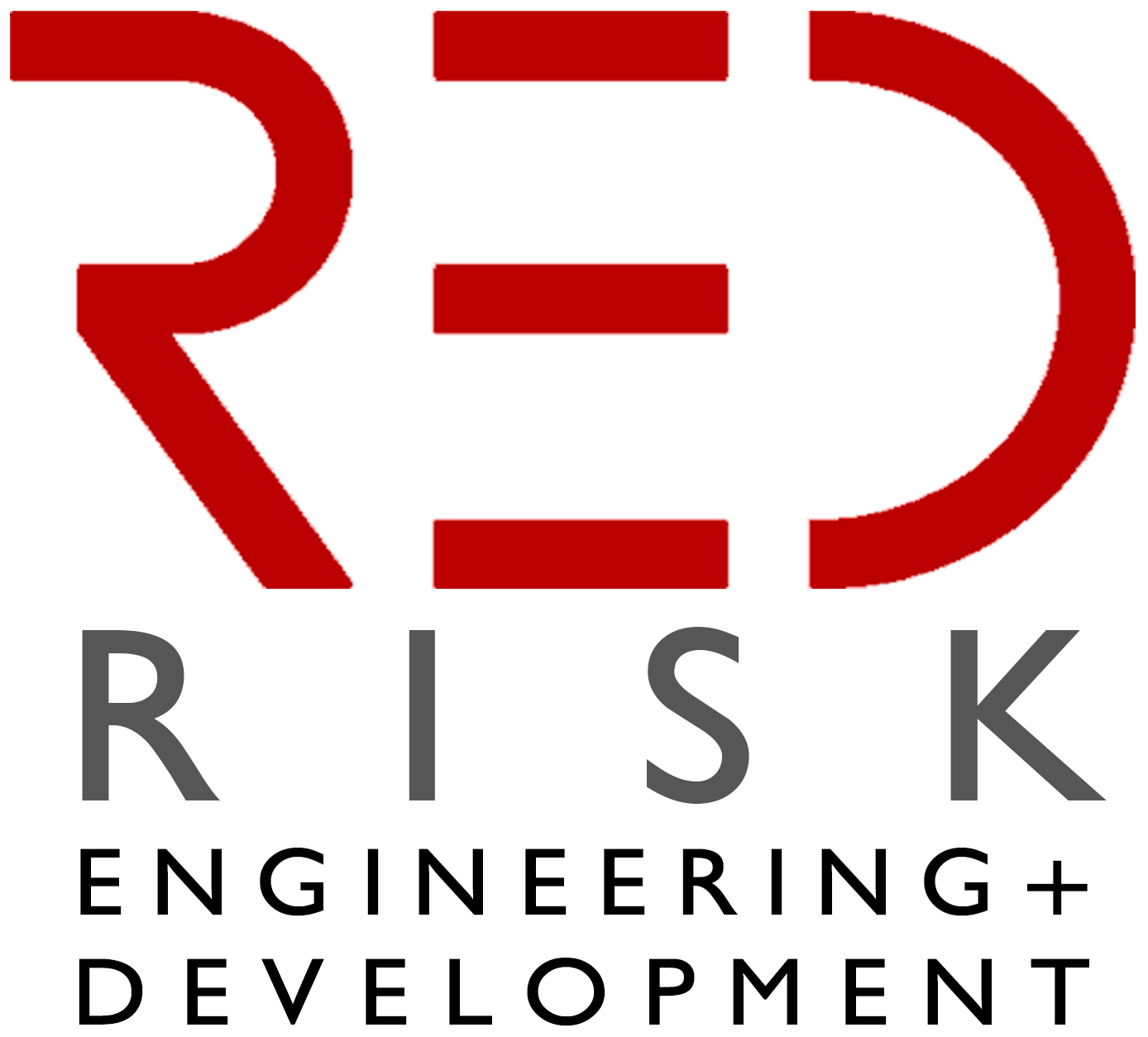Hazard analysis
RED's staff include expert hydrological, flood, drought and earthquake modellers, who employ the most up-to-date tools to provide our clients with the best possible assessment of natural hazards in all areas of the world, including where data is scarce.
For every type of disaster, such as floods, droughts and earthquakes, we offer the following services:
Hazard analysis is the process of recognising hazards that arise from a system due to the occurrence of a natural phenomenon, characterising their consequences and analysing their causes. Many type of natural hazard exist: some examples are floods (pluvial, fluvial and coastal floods), strong winds, droughts, earthquakes, etc. The analysis of hazards consists in understanding the physical or natural mechanisms behind the formation of these natural phenomena and quantifying via deterministic and/or stochastic methods their likelihood of occurrence.
RED personnel is formed by skilled modellers that can use the most advanced mathematical tools to quantify every type of natural hazard, using meteorological, hydrological and flood models for quantifying weather-related hazards and the most advanced earthquake models to assess seismic hazard. Hazard analysis can be carried out at different scales, depending on the needs of our clients. Site-specific, or regional, hazard analysis might be useful for insurance companies or local institution seeking to define the likelihood of an event, while national-scale hazard analysis can help reinsurance companies and governments analyse natural hazards from a broader perspective.
A hazard map is a map that highlights areas affected by, or vulnerable to, a particular hazard. They are used to assess the spatial extent of a natural hazard. They also provide a great visual assessment of the areas that are most likely to be affected by a specific type of hazard. For example, in the case of flooding, hazard maps define the areas neighbouring a river that are likely to be flooded with a certain probability, or return time.
RED personnel is formed by skilled modellers that can use the most advanced mathematical tools to quantify every type of natural hazard, using meteorological, hydrological and flood models for quantifying weather-related hazards and the most advanced earthquake models to assess seismic hazard.
Hazard maps are very useful tools for assessing the hazard, but they are somehow limited. For example, hazard maps define the likelihood of an event occurring at a given location, but do not quantify the likelihood of two or more events occurring at the same time at different locations. Stochastic event catalogues are needed to tackle these limitations. Stochastic event catalogues are libraries of events that span over a very long time period (typically 10,000 years), are consistent with the values of likelihood indicated by the hazard maps but are also consistent with the spatial and temporal patterns of the observed events.
RED employs the most novel stochastic techniques to provide its clients with robust and statistically-consistent stochastic catalogues of events, or event databases. Taking advantage of the prolific academic experience of our personnel, we can develop tailored stochastic methodologies to produce event catalogues for a variety of natural hazards and fulfilling the diverse needs of our clients.
Event loss tables are collections of stochastic events and their corresponding losses. They are used to build loss exceedance probability curves, which are used to assess the risk of a given natural hazard. This is often done through the use of commercial software, each requiring different formats of event loss tables.
At RED we can develop event loss tables according to different format requirements and for different software, following our clients’ need.




